1Acapulco
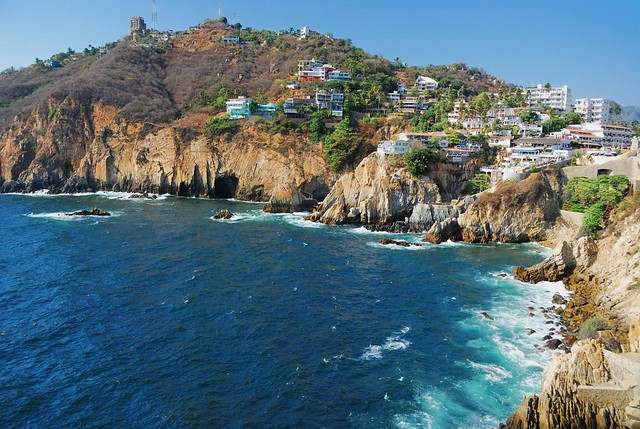 flickr/martintoy
flickr/martintoy
Acapulco is the original Mexican resort town which came into prominence by the 1950s as a getaway for Hollywood stars and millionaires. Still, Acapulco remains a popular tourist destination especially among Mexicans and as a spring break destination among US college students. No visit to Acapulco is complete without watching the cliff divers perform their impressive jumps into ocean. They have been doing it since the 1930s, although today the divers are professionals.
2Guanajuato
 flickr/Teseum
flickr/Teseum
Nestled in the mountains of the Sierra de Guanajuato lies the beautiful colonial city of Guanajuato. The city was founded in 1554 next to one of the richest silver mining areas of Mexico. The 16th-century mining boom led to the construction of beautiful haciendas and fine colonial buildings. Guanajuato streets and many colorful alleyways spread out in every direction while most of its traffic is served by a network of underground tunnels making it an excellent city for pedestrians.
3Dias des los Muertos, Oaxaca
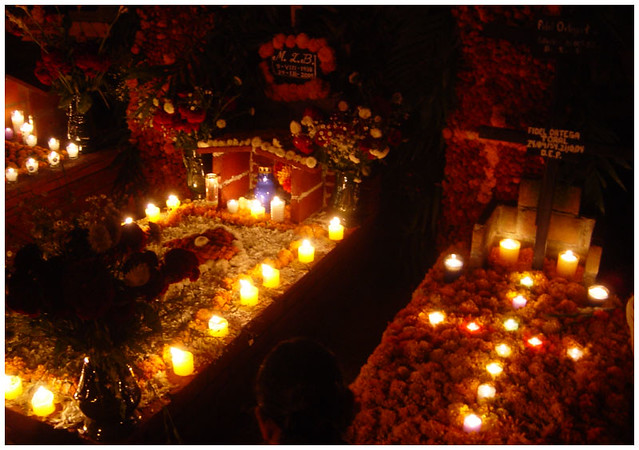 flickr/Pimousse pix
flickr/Pimousse pix
The city of Oaxaca is well-known for having one of the best Dia de Los Muertos festivals in Mexico, a holiday celebrated in many parts of Latin America. In Mexico the festival can be traced back thousands of years ago to indigenous cultures such as the Zapotec and Aztec. In Oaxaca the Day of the Dead Festival starts at the end of October when families prepare the tombs for the return of the spirits. During this time tombs and home altars are decorated with flowers and families leave offerings for the spirits in the cemeteries.
4Cozumel
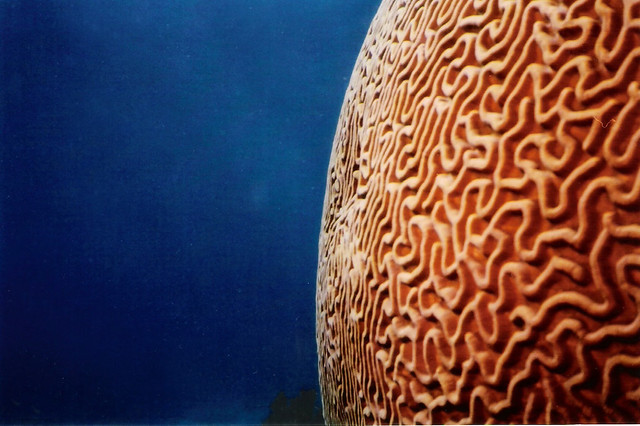 flickr/Michael Sarver
flickr/Michael Sarver
Located just off the Yucatan Peninsula, Cozumel is a popular destinations for scuba diving and snorkeling. The underwater world around Cozumel was discovered by Jacques Cousteau in 1959 who called it one of the best diving areas in the world. Since that time Cozumel has become a National Marine Park to protect the delicate balance of it’s beautiful coral reefs and amazing variety of tropical fish.
5Los Cabos
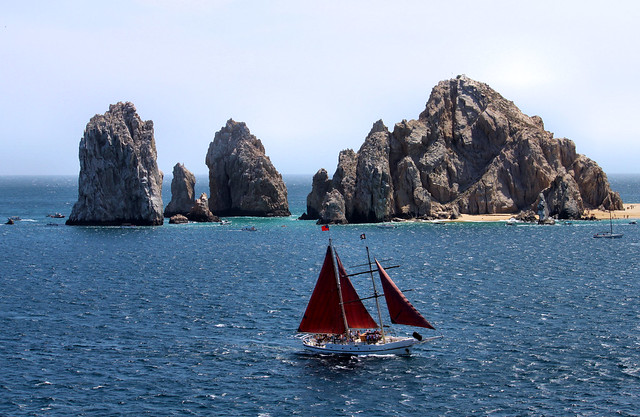 flickr/KM&G-Morris
flickr/KM&G-Morris
Los Cabos is a lively 20 mile beach area at the southern tip of the Baja California peninsula. The white sandy beaches backed by sophisticated resorts, restaurants, bars and other attractions run from spring break destination Cabo San Lucas down to the quieter San José del Cabo. Los Cabos is a great destination for water sport aficionados with some of the best all-around sport fishing in the world. In the winter, whales can be observed in the Pacific ocean.
6Copper Canyon
 flickr/magnusvk
flickr/magnusvk
The Copper Canyon is in fact a network of canyons which together are several times larger than the Grand Canyon. The most popular way to explore the Copper Canyon is on the “Chihuahua al Pacifico” Railway. The track passes over 37 bridges and through 86 tunnels, rising as high as 2,400 meter (7,900 feet) above sea level featuring spectacular views of the canyons below.
7Tulum
 flickr/CasaDeQueso
flickr/CasaDeQueso
Tulum is situated on the east coast of the Yucatán Peninsula. It once served as the major port of the Mayan city of Coba. Tulum was built around 1200 AD when the Mayan civilization was already in decline and therefore lacks the elegance of some other famous sites. The tropical beach backdrop however makes this a stunning top attraction which should not be missed. Accommodation can range from simple cabanas to 5 star luxury resorts.
8Chichen Itza
 flickr/Brian Snelson
flickr/Brian Snelson
Chichen Itza is the largest of the Maya cities in the Yucatan Peninsula and one of Mexico’s most visited tourist destinations. The most famous landmark of Chichen Itza is the temple-pyramid of El Castillo. The design of the temple has special astronomical significance. Each face of the pyramid has a stairway with 91 steps, which together with the shared step at the top, add up to 365, the number of days in a year. Other highlights of Chichen Itza include the Great Ballcourt and El Caracol, a circular temple which served as an astronomical observatory.
9Teotihuacan
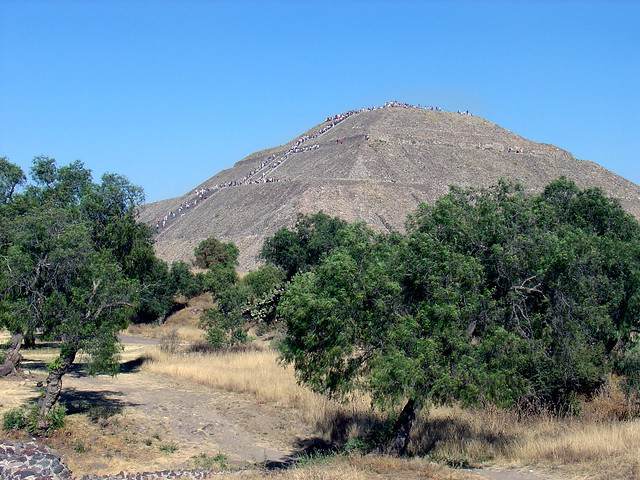 flickr/ZeroOne
flickr/ZeroOne
In the 2nd century BC a new civilization arose in the valley of Mexico. This civilization built the flourishing metropolis of Teotihuacán and it’s huge pyramids. The Pyramid of the Sun was built around 100 AD and is the largest pyramid in Teotihuacán and all of Mexico. The construction of the smaller Pyramid of the Moon started a century later and was finished in 450 AD. Seven centuries after the demise of the Teotihuacán empire the pyramids were honored and utilized by the Aztecs and became a place of pilgrimage. Mesoamerica’s greatest city is just 31 miles (50km) northeast of Mexico City and can be reached by bus or taxi.
No comments:
Post a Comment